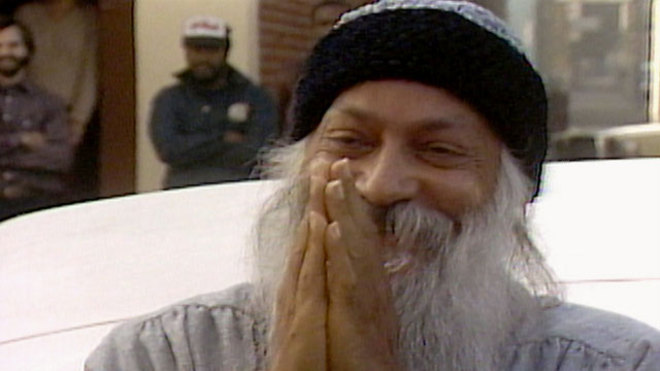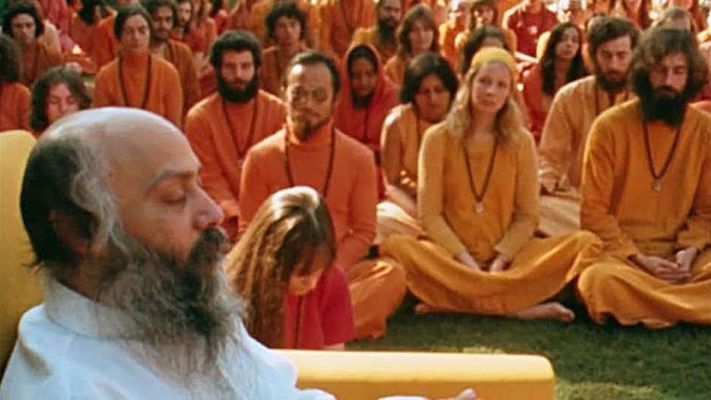Human beings, whether we like it or not, need leaders of all kinds to face our lives. Even the person who considers himself a lonely wolf he has on his horizon some model of conduct, an individual whose words and actions function as a compass with which the follower travels his path.
There are numerous types of leaders in societies. There are those devoted to politics, in charge of dictating the political course of the party they preside over or, in the case of reaching the top of their career, leading a nation. There are the artistic leaders, for example, film directors who must command a diverse team of actors, lighting, screenwriters, producers, even the people of the catering; Without his supervision and control, it is almost impossible for the feature film to come to fruition.
There are also spiritual leaders, people who were chosen by some group to command a religious movement or self-imposed in that role, creating a group of followers in the process that strictly follow their teachings. The word of these spiritual leaders is usually very powerful, generating a sense of ecstasy in their faithful.
These guides are often called charismatic leaders. They all tend to share several characteristics in common. They have the ability to relate easily with other people, and create a feeling of comfort and trust among those close to them. They are enthusiastic, they show resolution of the problems facing their community. You encourage the people who follow them to work, strive and excel, enhancing the abilities of the individual they are trying to influence.
The “change” that the followers perceive strengthens the figure of the leader, because it is an attractive proposal. If following this person I feel better, my problems seem to be resolved, why would I not listen to everything he tells me and demands of me?
wild wild country (which we can translate as wild wild country) tells the story of an Indian guru and his wife. The name of this particular leader was Chandra MohanJainwho later became known as Rajneesh —and thus he baptized his movement—, to later become known as Acharya Rajneesh. It was later named Bhagwan Shree Rajneeshuntil he decided to simplify everything and called himself OSHOnomenclature by which most of the world knows it.
OSHO He was already a personality in India before arriving in the United States, since he was 19 years old, when he attended the university in the city Jabalpur where, according to him, after doing several jobs as a speaker while constantly clashing with academic authorities for his disruptive thoughts, he reached enlightenment at 21.
Received as a philosopher but expelled from his house of studies for being considered a dangerous person, he began to travel around India preaching the death of traditional religion, which he considered old, meaningless and alienating for his followers. His approach to spirituality led him to give more and more seminars and organize meditation meetings, emphasizing the sexual liberation of the Indian people. This earned him the nickname sex guru for the press and its detractors.
For the decade of the ’70s, and after having collided with all the Hindu spiritual leaders, he decides to arrive in mumbai to create the first great group of followers, the neo-sanniasins. If you joined that group, you had to change your name, wear traditional holy clothing from the Hindu religion, and even wear a necklace with a picture of OSHO. The cult of personality began to solidify, and the man began to receive economic “aid” from his congregation that allowed him to travel in order to spread his preaching to a much wider audience. It was in 1974 when OSHO Together with his followers, they settled in a property that he bought thanks to the capital of a follower of Greek origin. Thus was the first ashram of worship, that is, a special place dedicated to meditation.

Over time the activities of this center grew, obtaining income thanks to alternative therapies through guided meditation. The increasing number of followers ensured economic power for the spiritual leader, as well as an even greater power of influence. The radical ideas of OSHO found a fertile field to flourish, and under the “umbrella” of alternative therapies the most spiritual practices were mixed with situations of aggression, both physical and sexual.
The group of OSHO It did not take long for him to fall into all kinds of public controversies and investigations for crimes that were not minor at all, such as drug trafficking and human trafficking. The man’s popularity was absolute, and his word was law since no decision passed without his approval. Of course, every time a judicial investigation arose, he had an army of people capable of laying down the body and receiving the punishment.
Despite all the legal and human problems surrounding the cult, it did not stop growing. By the early 1980s, more than thirty thousand people visited the facilities to receive spiritual guidance, try to achieve the long-awaited enlightenment through controversial therapies and, of course, leave a lot of money in the bank accounts of OSHO.
The legal persecution in India, added to the large influx of people from the United States, made the leader —who by then had imposed three years of media silence— decide to emigrate to the North American country in 1981, with the idea of founding there a seat of his worship. OSHO found a place in Oregon, where he built a huge community, even though the man didn’t speak to his congregation until 1984.
wild wild country narrates through six exciting episodes those years of the cult in the United States. Directed by Chapman Y Maclain Way This miniseries had its premiere at the prestigious film festival Sundance. Through interviews with former members and archive material, the duo manages to create a crude story that shows the surreal reality (forgive the redundancy) of what life is like within a cult.

For those who don’t know how that American “adventure” of OSHO I recommend that you do not look for information and, instead, let yourself be carried away by each chapter -which lasts just over an hour each- to know why the series has such an impressive name and why OSHOwho is often associated with self-help books or positivist life teachings, was a much more complex and darker character than he seems.
All six episodes are available on Netflixand they are an excellent gateway to understand how these charismatic leaders work, how they manage to captivate people and why, despite the fact that today all knowledge is at our fingertips, cults continue to appear throughout the planet .

